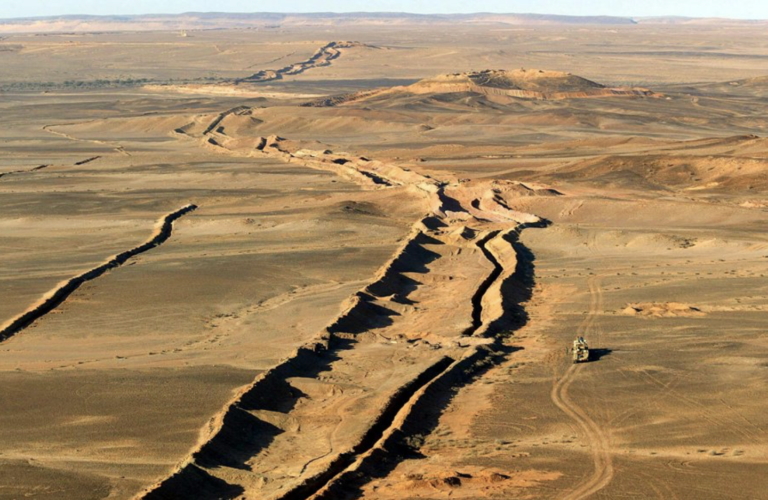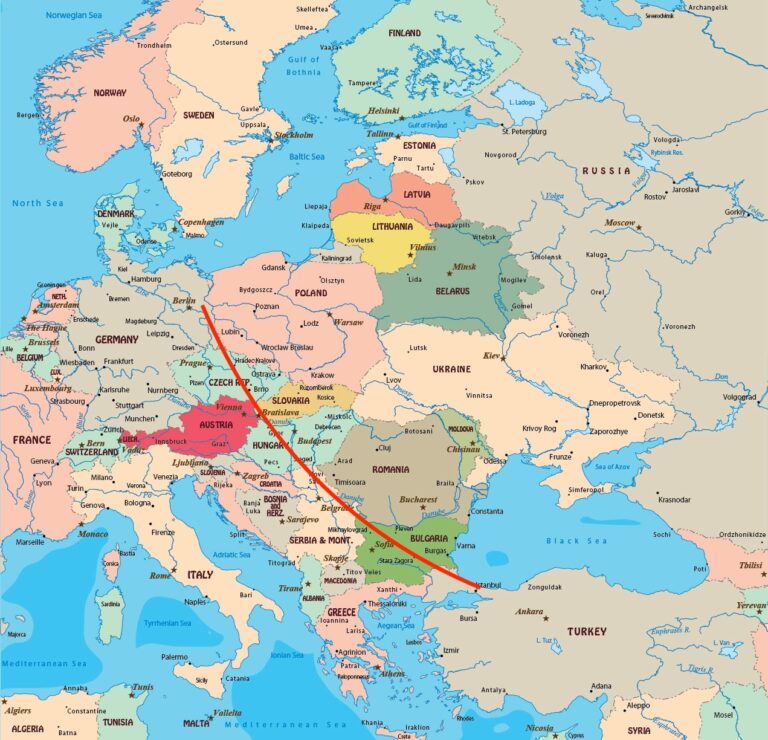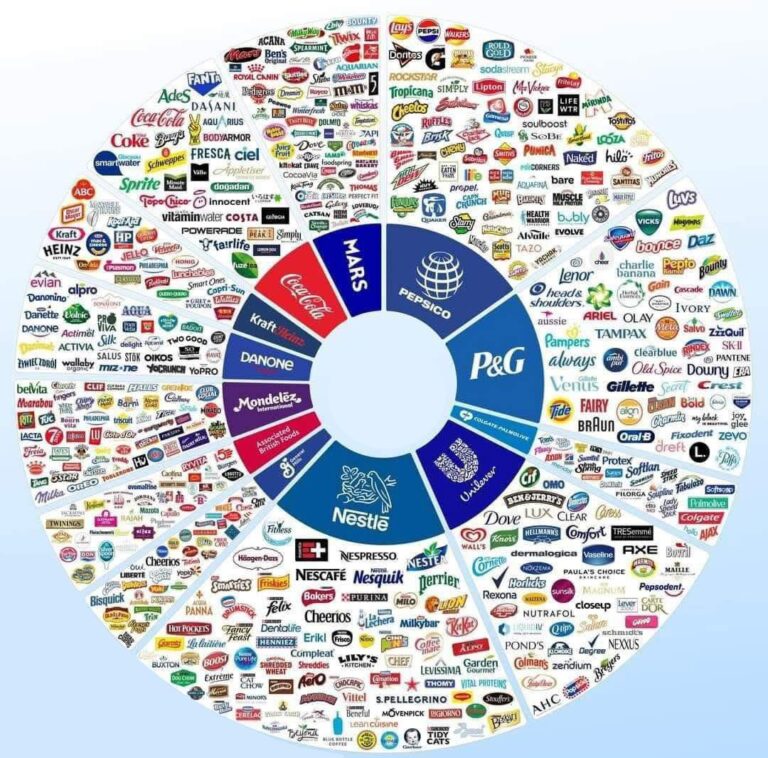By Andrea Tucci,
The wall located between Western Sahara and Morocco is intended to keep the Saharawi people out of the surrounding territories of Algeria and Mauritania. From 1884 to 1975, Western Sahara was a Spanish colony. There was then a dispute over the Sahara between Morocco and the Polisario Front, and for this reason, since 1975, there has been talk of a final decolonization to be completed. The Saharawi people are recognized in the Polisario Front, which, through this political movement, seeks to obtain the right to self-determination and thus create their own independent state.
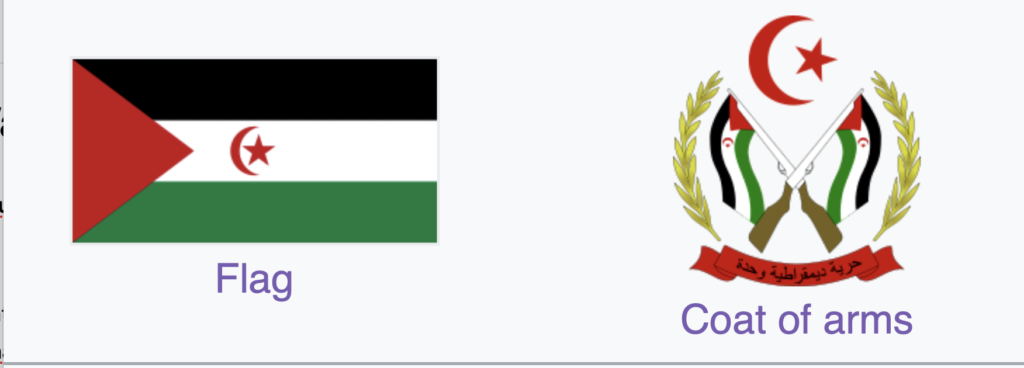
Flag of the Sahrawi Arab Democratic Republic and The coat of arms created by the Polisario Front
As mentioned earlier, the Sahara belonged to Spain. In 1975, following the Moroccan occupation through the Green March, Spain had to withdraw from the colony. This event caused Morocco to contend for that territory with Mauritania, as both desired to control Western Sahara. Morocco claimed that the control was its responsibility, as those territories had been Moroccan before the Spanish colonization. However, in 1976, the two contending nations reached an agreement and divided the territory; but a few months later, the Polisario Front, supported by Algeria, proclaimed the birth of the Sahrawi Arab Democratic Republic. The problem further escalated when the International Court of Justice at the UN in The Hague did not consider the division between Morocco and Mauritania legal and instead recognized the Saharawi people’s right to self-determination. Meanwhile, Mauritania and Morocco acquired the right to control and administer the concerned area through a secret agreement with the Madrid government.
In 1975, Morocco was led by King Hassan II, who was facing significant internal difficulties and sought to resolve them by focusing on national sentiment and undertaking a military campaign to reclaim the territories that Morocco and Mauritania that had initially divided after Spain’s withdrawal. The Saharawi people immediately reacted to this invasion, considering it a new colonization. Following Morocco’s attempted occupation, the Saharawi people did not hesitate to take up arms against Morocco, which responded harshly, forcing the desert people to live in refugee camps to this day.
As already mentioned, the Sahrawi Arab Democratic Republic was founded in 1976 near the Algerian border, which supported the Polisario Front fighting both Mauritania and Morocco. Clashes between the Polisario Front and Morocco lasted from 1975 to 1991, while those between the Front and Mauritania ended in 1979. A glimmer of peace appeared in 1991, when the UN Security Council managed to broker an agreement, which stipulated that the Moroccan government allowed the Saharawi people to do a referendum to decide on Western Sahara’s independence. The referendum was never held, leading to the division of Western Sahara into two parts: 80% under Moroccan control and only 20% in the hands of the Saharawi people. Moreover, the part controlled by the Polisario Front comprises a much poorer territory, while the Moroccan part includes oil fields, phosphate deposits, and fishing opportunities. This makes it clear that the reasons for the conflicts are not only political but also economic.
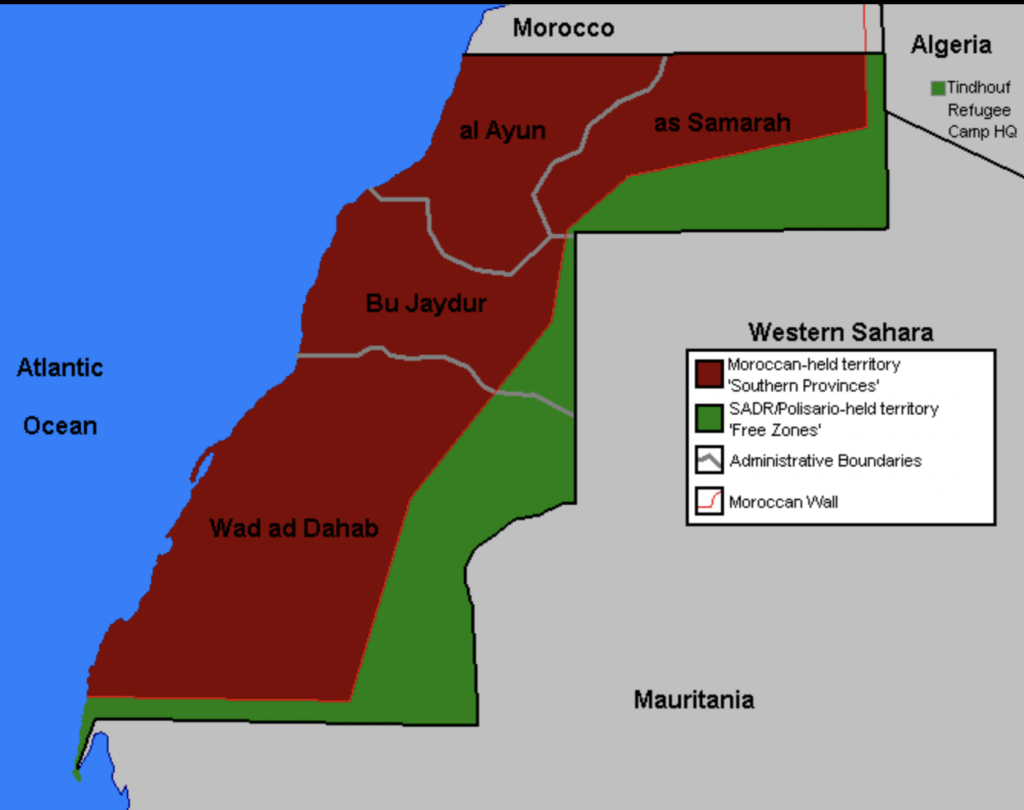
Behind this imposing wall, also referred to as the “Wall of Shame,” stretching 2,700 kilometers long, “enhanced” with about 10 million anti-personnel mines, with bunkers, ditches, and barbed wire, live Saharawi men and women in appalling conditions.
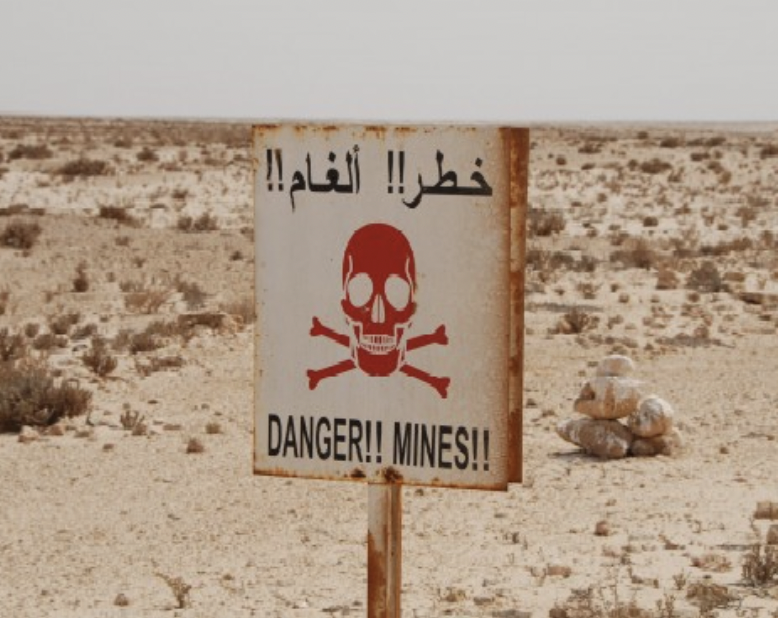
About 200,000 Saharawi people live in refugee camps in the so-called “desert of deserts,” also known as the “Devil’s Garden” due to its uninhabitable conditions, with temperatures averaging 30°C but reaching below 0°C in winter and around 50°C in summer. To make matters worse, there is a lack of water, electricity, and a high percentage of illiteracy, problems that are gradually being reduced mainly due to the women’s initiative. While the men fought, these women built the first public and civil structures such as schools, kindergartens, and hospitals, significantly reducing the illiteracy rate from 95% to 10%. Despite efforts to lead a normal life, the Saharawi people are still forced to live in a place where there is a severe humanitarian emergency.

